Table of Contents
Introduction
Throughout history, humans have used symbols to communicate complex ideas and emotions. These symbols form a hidden language that transcends spoken and written words. From ancient cave paintings to modern logos, symbols carry meanings that can evoke feelings and ideas without saying a single word. In this blog, we will explore various symbols from different cultures, their meanings, and how they impact our lives today.
What Are Symbols?
A symbol is an image, shape, or sign that stands for something else. Symbols can represent ideas, concepts, or objects. For instance, a heart symbolizes love, and a dove often represents peace. Understanding these symbols allows us to connect with cultures and ideas beyond our everyday experiences.
The Hidden Language of Symbols in Ancient Cultures
Ancient cultures created symbols to represent their beliefs, values, and stories. Here are some well-known symbols, their meanings, and their significance:
1. Ankh (Egyptian Symbol):
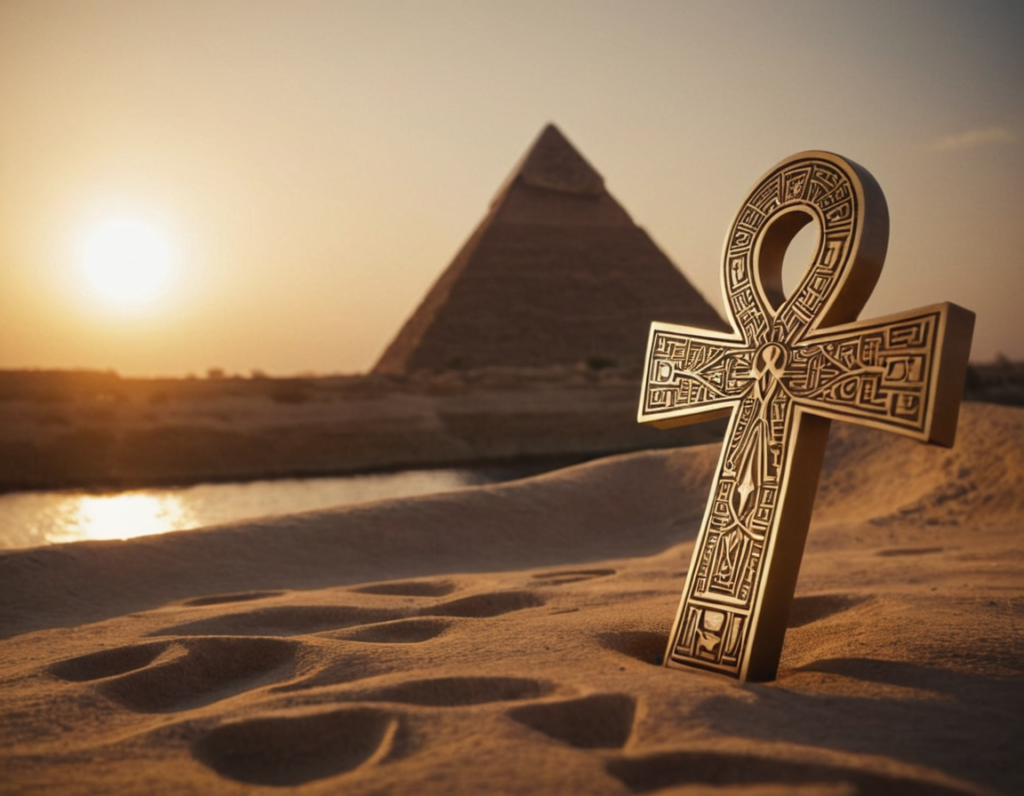
The ankh is a cross with a loop at the top. It represents life and immortality. In ancient Egypt, this symbol was often depicted in the hands of gods and pharaohs, signifying their eternal life. The ankh teaches us about the importance of life and the belief in an afterlife.
2. Yin and Yang (Chinese Symbol):

This symbol represents balance and harmony in nature. The black and white shapes show how opposites can coexist. The yin (black) symbolizes darkness and femininity, while the yang (white) represents light and masculinity. This symbol reminds us that both sides are necessary for harmony in life.
3. Lotus Flower (Hindu and Buddhist Symbol):

The lotus flower represents purity and enlightenment. It grows in muddy waters but blooms beautifully above the surface. This symbolizes the journey of life, where we can rise above challenges and find beauty in difficult situations. The lotus teaches us resilience and growth.
4. Ouroboros (Ancient Symbol):

The ouroboros is a snake eating its own tail, representing eternity and the cycle of life, death, and rebirth. It teaches us that life is a continuous cycle, and endings often lead to new beginnings. This symbol encourages self-reflection and understanding of our life cycles.
5. Celtic Knot (Celtic Symbol):
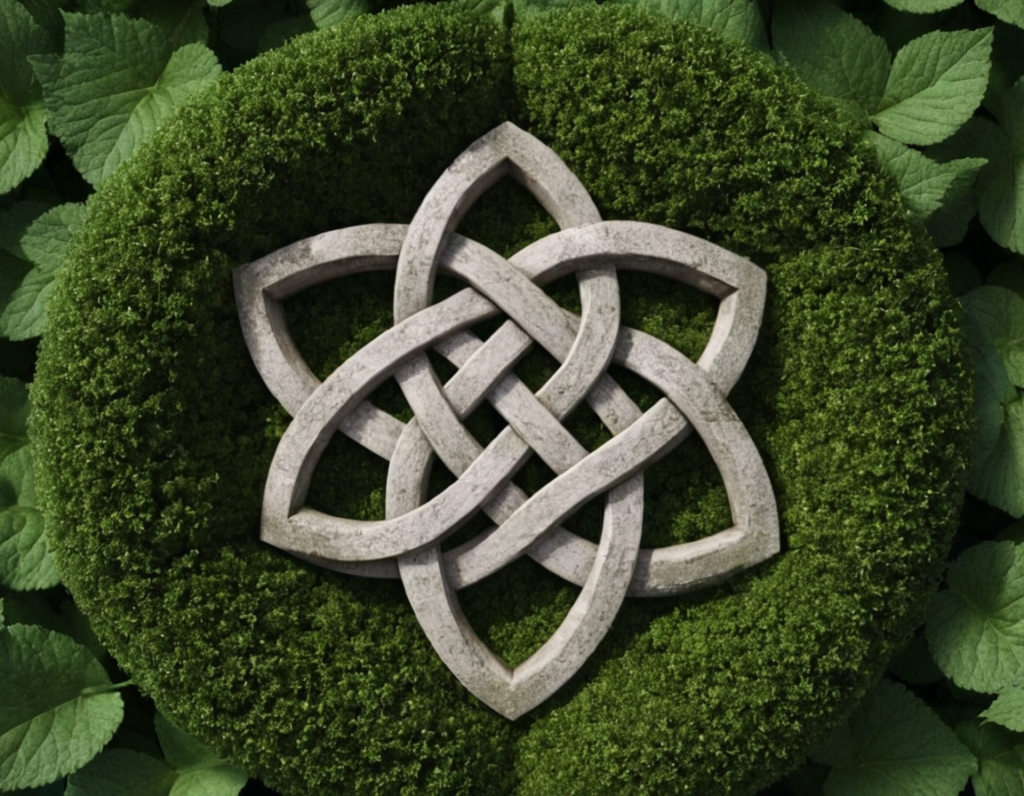
The Celtic knot is a series of interwoven loops with no beginning or end. It represents eternity, unity, and the interconnectedness of life. This symbol shows that our lives are connected to each other and the world around us. It encourages us to recognize the ties that bind us.
6. Eye of Horus (Egyptian Symbol):
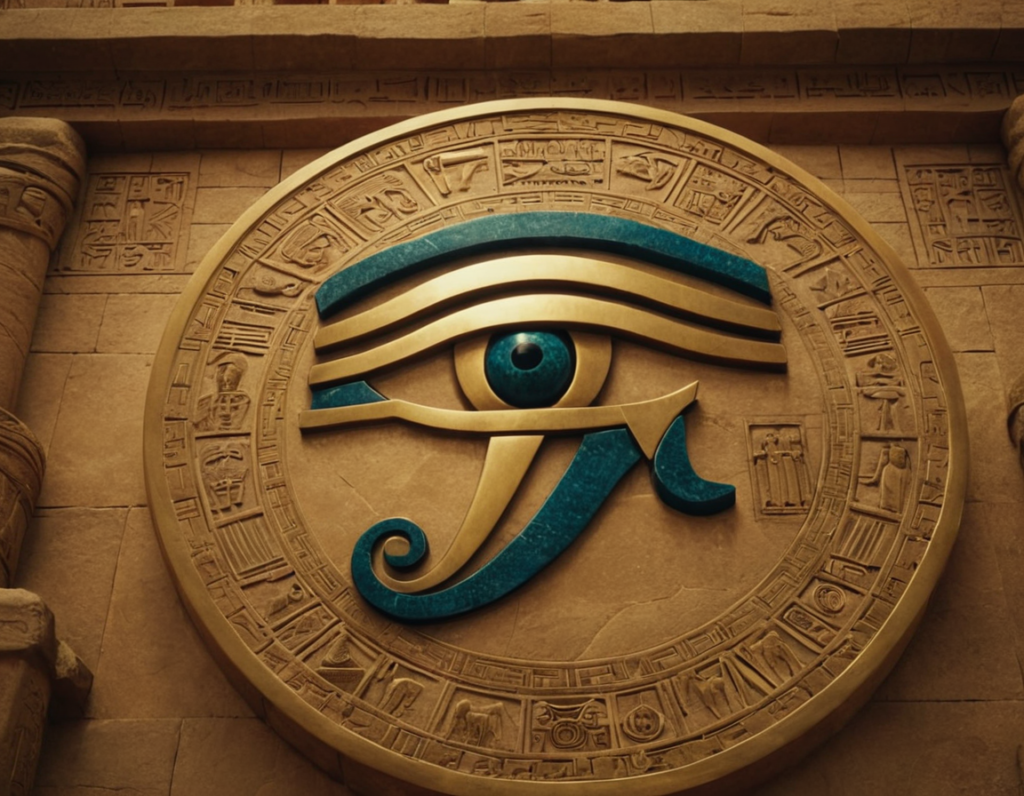
The Eye of Horus is a symbol of protection, royal power, and good health. In ancient Egypt, it was believed to ward off evil and bring safety. This symbol teaches us about the importance of safeguarding ourselves and others from harm.
7. Pentacle (Wiccan Symbol):

The pentacle is a five-pointed star within a circle. It represents the elements of earth, air, fire, water, and spirit. For many, it symbolizes protection and the connection to nature. This symbol reminds us of our relationship with the natural world and the balance of elements in our lives.
8. The Swastika (Ancient Symbol):

The swastika is an ancient symbol found in many cultures, including Indian, Native American, and Buddhist. It represents good fortune, well-being, and the cyclical nature of life. Unfortunately, its meaning has been distorted in modern times, but its original significance highlights the diversity of symbols across cultures.
The Hidden Language of Symbols in Modern Life
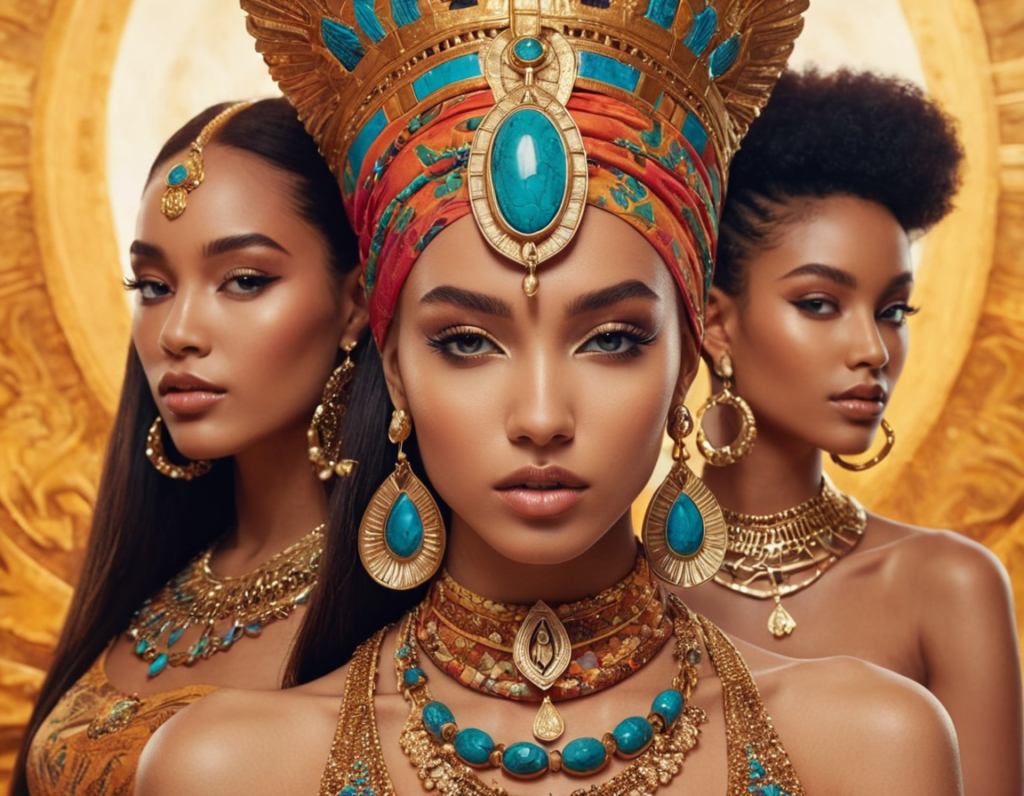
In our fast-paced, technology-driven world, symbols continue to play a vital role in how we communicate and connect with each other. The hidden language of symbols is woven into the fabric of modern life, influencing everything from art and fashion to advertising and personal beliefs. Here are some ways ancient symbols have evolved and found new meanings in contemporary society:
1. Fashion and Personal Expression:
Symbols are a popular choice in fashion, often used to convey personal beliefs or aesthetics. For instance, the ankh is frequently seen in jewelry and clothing, representing life and immortality. People wear it not just as a fashion statement but also as a way to express their connection to ancient wisdom and spirituality. The lotus flower has also become a popular motif in clothing and tattoos, symbolizing personal growth and resilience. Wearing these symbols allows individuals to showcase their identities and values.
2. Art and Design:
Artists often use symbols to convey complex themes and emotions. For example, Celtic knots are commonly featured in modern artwork, tattoos, and even home décor. These intricate patterns symbolize unity and eternity, appealing to those who appreciate their beauty and the deeper meaning behind them. Similarly, the Ouroboros has inspired contemporary artists to explore themes of cycles and renewal, reminding us of the interconnectedness of life and the importance of embracing change.
3. Social Media and Communication:
In today’s digital age, symbols have become an essential part of how we communicate. Emojis are a modern representation of symbols that convey emotions and ideas without words. For example, a heart emoji symbolizes love, while a thumbs-up emoji represents approval or agreement. Just like ancient symbols, these visual representations help express feelings in a quick and accessible way, highlighting the ongoing significance of symbols in human communication.
4. Spiritual Practices:
Many ancient symbols have found new life in modern spiritual practices. The Yin and Yang symbol is widely used in yoga and meditation communities to promote balance and harmony. Practitioners often meditate on this symbol to remind themselves of the importance of equilibrium in their lives. Similarly, the Eye of Horus has become a popular amulet for protection and good luck, reflecting a desire for safety and health in a chaotic world. These symbols serve as touchstones for personal growth and mindfulness.
5. Branding and Marketing:
Businesses have long understood the power of symbols in branding. Logos often incorporate symbols that evoke specific emotions or associations. For example, the Nike Swoosh symbolizes movement and speed, while the Apple logo represents innovation and simplicity. Companies carefully choose symbols that resonate with their target audience, creating a connection that goes beyond words. This reflects the hidden language of symbols in influencing consumer behavior and brand loyalty.
6. Cultural Awareness and Diversity:
As the world becomes more interconnected, symbols from various cultures are shared and appreciated globally. This exchange fosters cultural awareness and understanding, allowing people to explore the meanings behind different symbols. For instance, the peace sign, originally a symbol for nuclear disarmament, has become a universal representation of peace and harmony. By embracing symbols from diverse cultures, we can celebrate our differences and find common ground.
7. Personal Reflection and Self-Discovery:
In a world filled with distractions, symbols can guide us toward personal reflection and self-discovery. Many people use symbols in their daily lives to remind themselves of their goals and values. For example, someone may choose to hang a dream catcher in their home to symbolize their desire for protection and positive energy. By surrounding ourselves with meaningful symbols, we create an environment that fosters growth and encourages us to live authentically.
The Importance of Understanding Symbols
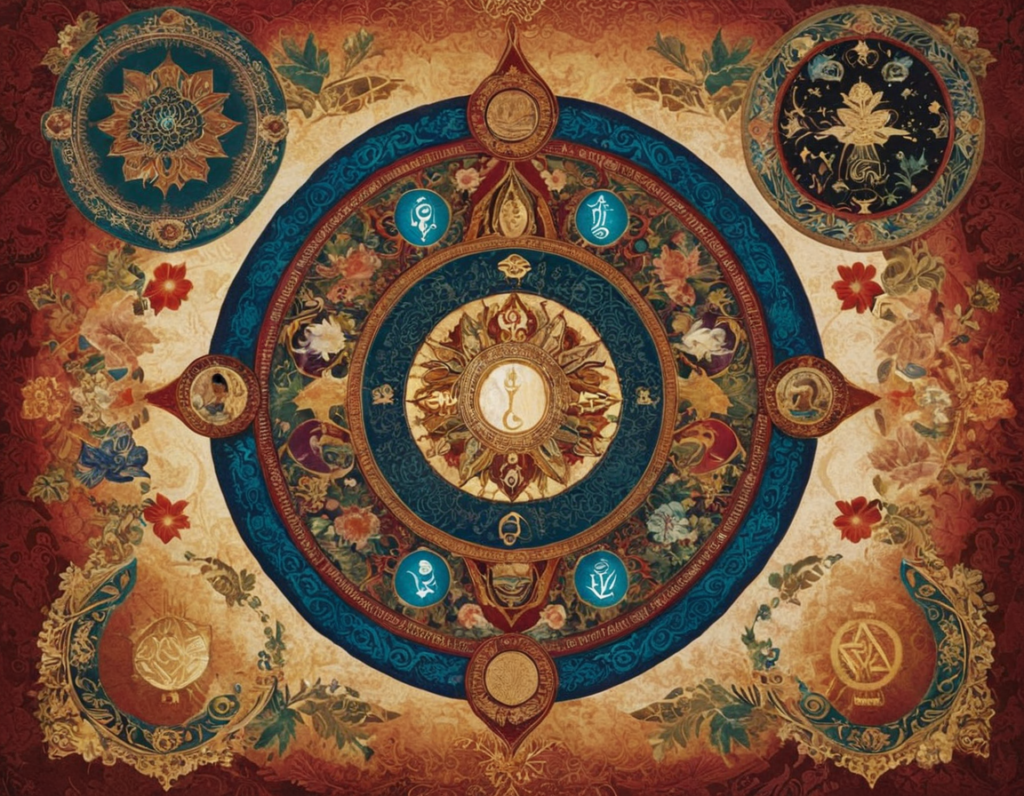
Understanding symbols is crucial for several reasons, as they play a significant role in how we communicate, connect with others, and interpret the world around us. Here are some key points highlighting the importance of understanding symbols:
1. Cultural Identity:
Symbols often represent the heritage and traditions of a culture. Learning about these symbols fosters appreciation for cultural diversity and encourages respect for different beliefs and practices. For example, recognizing the significance of the lotus flower in Hindu and Buddhist traditions can deepen our understanding of those cultures and their philosophies. By understanding symbols from various cultures, we can build bridges of understanding and promote inclusivity.
2. Personal Reflection:
Symbols can inspire introspection and personal growth. When we encounter symbols that resonate with us, they can prompt us to reflect on our values, beliefs, and experiences. For instance, the Yin and Yang symbol may lead someone to consider how they balance various aspects of their life. By exploring what different symbols mean to us personally, we can gain insights into our identity and what truly matters in our lives.
3. Creative Expression:
Artists, writers, and creators often use symbols to convey complex themes and emotions. Understanding the meanings behind these symbols enhances our appreciation of art and literature. For example, the use of the Ouroboros in a painting might symbolize the cyclical nature of life, inviting viewers to contemplate their experiences. Recognizing the symbolic language in creative works allows us to engage more deeply with the messages being conveyed.
4. Connection to History:
Symbols link us to the past and provide a window into the beliefs and values of those who came before us. For example, the Ankh symbolizes eternal life in ancient Egyptian culture. By studying symbols and their historical contexts, we can learn about the customs, values, and wisdom of ancient civilizations. This connection to history enriches our understanding of humanity’s shared journey and helps us appreciate the lessons learned over time.
5. Communication Beyond Words:
Symbols can communicate ideas and emotions that words often cannot. For example, a simple heart symbol can convey love and affection instantly. In a world where communication can sometimes be superficial, symbols offer a way to express deeper feelings. This non-verbal form of communication is especially important in a multicultural society, where language barriers may exist. Understanding symbols helps us connect with others on a more profound level.
6. Navigating Modern Life:
In today’s world, symbols are everywhere—from logos to emojis. Understanding these symbols helps us navigate daily life and make sense of the messages we encounter. For instance, recognizing the peace sign as a symbol of harmony allows us to understand the values associated with social movements advocating for peace and justice. By being aware of the symbols around us, we can become more informed and engaged citizens.
7. Spiritual Growth and Awareness:
Many individuals turn to symbols for spiritual guidance and inspiration. Understanding symbols used in spiritual practices can lead to personal growth and a deeper connection to one’s beliefs. For example, the pentacle symbolizes the elements and serves as a reminder of our connection to nature and the universe. Engaging with symbols in spiritual contexts can enhance our sense of purpose and belonging.
Conclusion
The hidden language of symbols is a powerful way to communicate ideas that go beyond words. Ancient symbols like the ankh, yin and yang, lotus flower, and ouroboros carry meanings that still resonate with us today. By exploring these symbols, we can gain insights into different cultures and reflect on our own beliefs. Symbols are not just marks; they are gateways to understanding ourselves and the world around us. As we navigate our lives, let’s embrace the beauty and depth that symbols bring to our journey.
